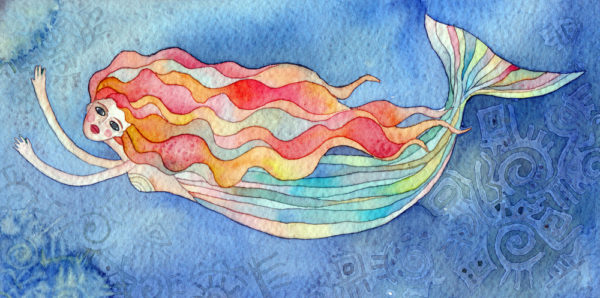
Centuries ago, mysterious sea serpents and mermaids were believed to be hidden in the world’s vast oceans. Merfolk (mermaids and mermen) are, of course, the marine version of half-human, half-animal legends that have captured human imagination for ages.
One source, the “Arabian Nights,” described mermaids as having “moon faces and hair like a woman’s but their hands and feet were in their bellies and they had tails like fishes,” Charles J.S Thompson, a former curator at the Royal College of Surgeons of England, notes in his in his book “The Mystery and Lore of Monsters (Kessinger Publishing, 2010). Thompson writes that “traditions concerning creatures half-human and half-fish in form have existed for thousands of years, and the Babylonian deity Era or Oannes, the Fish-god … is usually depicted as having a bearded head with a crown and a body like a man, but from the waist downwards he has the shape of a fish.”
Greek mythology contains stories of the god Triton, the merman messenger of the sea, and several modern religions including Hinduism and Candomble (an Afro-Brazilian belief) worship mermaid goddesses to this day. One of the earliest depictions of a mermaid came from Syrian mythology. Atargatis, also known as Derceto or the Syrian goddess, was half woman half fish deity of the ancient city Hierapolis-Bambyce in Syria.

